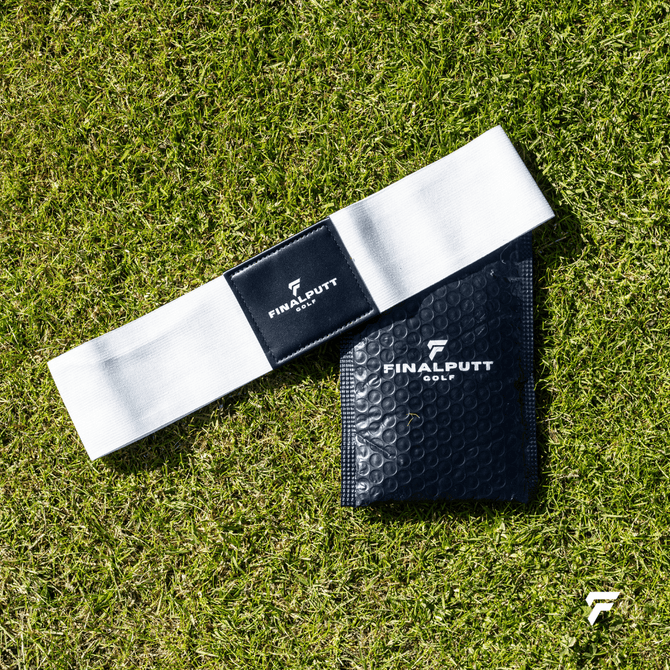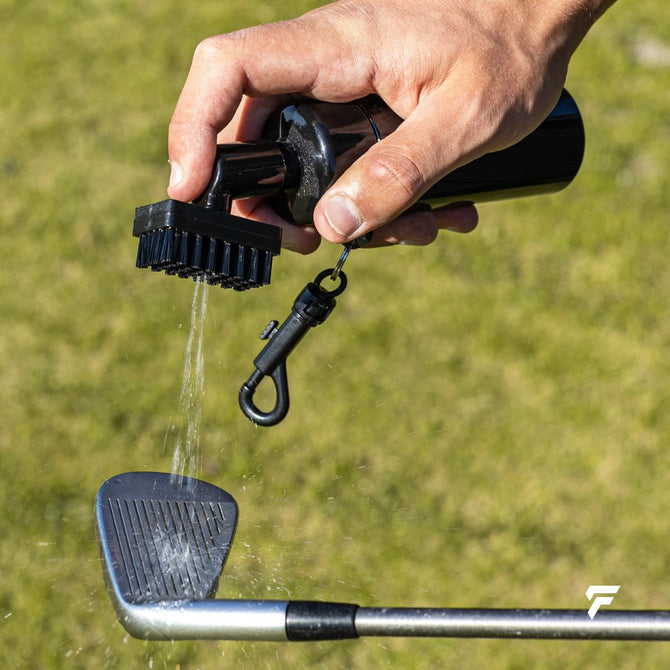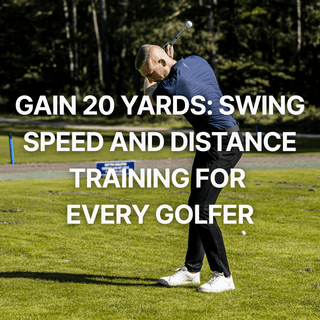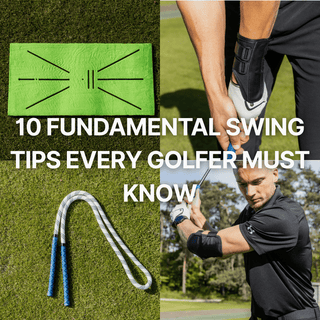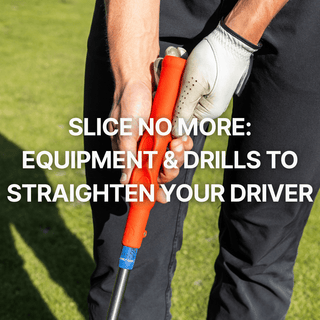
How to Fix Your Chicken Wing in Golf: Improve Your Consistency and Power
A "chicken wing" in your golf swing—where your lead elbow flares out during impact—is a common problem that can lead to inconsistent strikes, reduced distance, and loss of control. Here’s a comprehensive guide on the causes and methods to fix your chicken wing, including effective drills and training aids that can help.

Understanding the Chicken Wing and Why It Happens
A chicken wing often happens when your swing path is too steep or out-to-in during the downswing. This causes the clubface to open at impact, and your body tries to compensate by flaring the lead elbow, resulting in less power and control. By correcting your swing path and focusing on better rotation, you can reduce or eliminate the chicken wing and improve your overall swing consistency.
.

Key Tips to Fix Your Chicken Wing
-
Adjust Your Swing Path A common cause of the chicken wing is an over-the-top or steep swing path. To address this, try to focus on an in-to-out swing path during your downswing. This allows you to approach the ball squarely, helping to prevent the need to flare the lead elbow to keep the clubface aligned.
-
Improve Rotation with the Turner Pro The Turner Pro training aid can help you increase rotation and train your body to move correctly through the swing. By practicing with the Turner Pro, you’ll encourage smoother rotation and eliminate the need to compensate with a chicken wing, resulting in more power and distance.
-
Practice Steeper Backswing and Shallower Downswing Start with a steeper backswing by keeping your hands higher and your club more vertical. Then, transition into a shallower downswing, letting the club drop slightly behind you. This adjustment helps create a better in-to-out path, which is essential to fix the chicken wing.
-
Use the Unity Ball for Connection Keeping your arms and body connected is critical to eliminating a chicken wing. The Unity Ball is a great training aid that sits between your forearms and helps you maintain proper arm positioning throughout the swing. By practicing with it, you’ll promote a more unified motion, reducing the tendency for your lead elbow to flare.
-
Check Your Grip The grip can influence your clubface control and the overall path of your swing. A weak grip (where you see few knuckles on the lead hand) can open the clubface, leading to an over-the-top motion and chicken wing. Adjusting to a slightly stronger grip can help keep the clubface square, reducing the likelihood of a chicken wing.
-
Alignment Stick Holder Drill Set up an alignment stick using an Alignment Stick Holder just outside your lead foot and practice swinging without hitting the stick. This drill will train your body to keep the elbow in line through and after impact, encouraging a square, controlled follow-through.
-
Strengthen Your Arm Rotation with the Connection Band The Connection Band can improve your swing mechanics by keeping your arms close to your body. This reduces unnecessary arm movement and builds muscle memory for a connected, smooth rotation.
-
Towel Under Arm Drill Place a small towel under your lead arm and hold it in place as you swing. This drill encourages you to keep the lead arm close to your torso, reducing the tendency for the lead elbow to flare. It’s effective for reinforcing the proper positioning of your lead arm through impact.
-
Practice Consistently with Patience Fixing a chicken wing takes time, patience, and consistent practice. Stay positive, and incorporate these drills into your practice sessions. Building muscle memory for the correct swing path and arm position will make your swing more consistent and powerful over time.

Final Thoughts
Eliminating the chicken wing from your golf swing will help you gain better control, more distance, and a more consistent swing. By focusing on these drills and incorporating the right training aids, such as the Turner Pro, Unity Ball, and Connection Band, you can make significant improvements to your swing mechanics. Remember, consistent practice is key. With time, you’ll see noticeable improvements in both the quality of your shots and your overall confidence on the course
